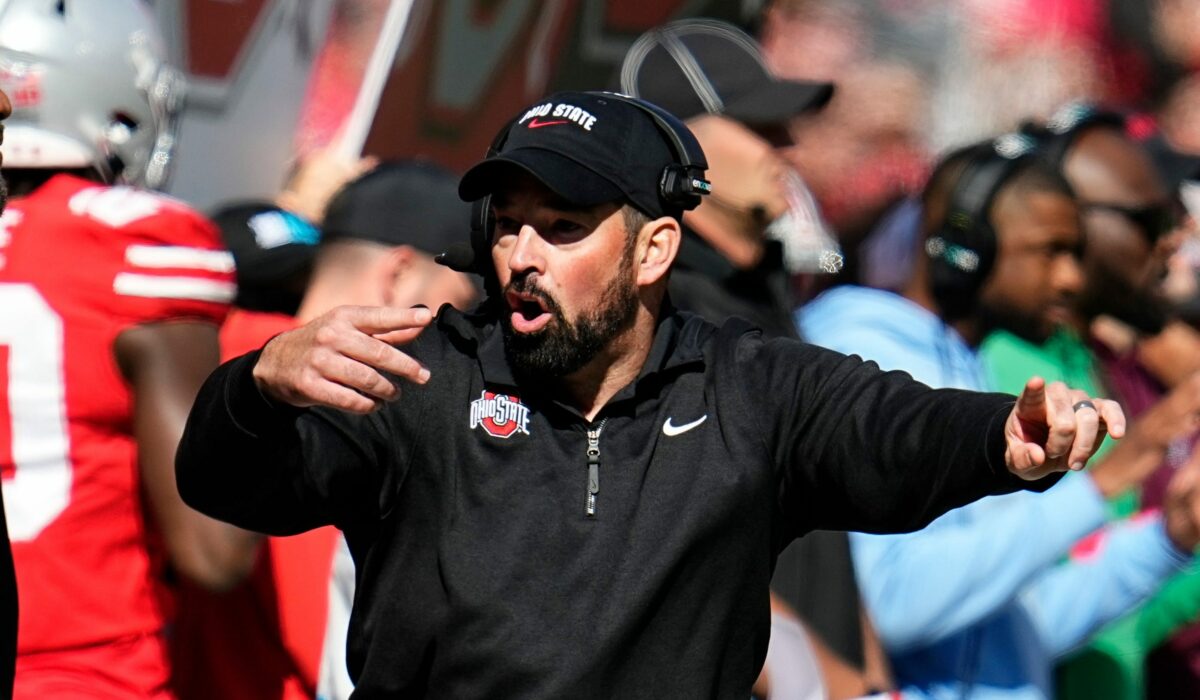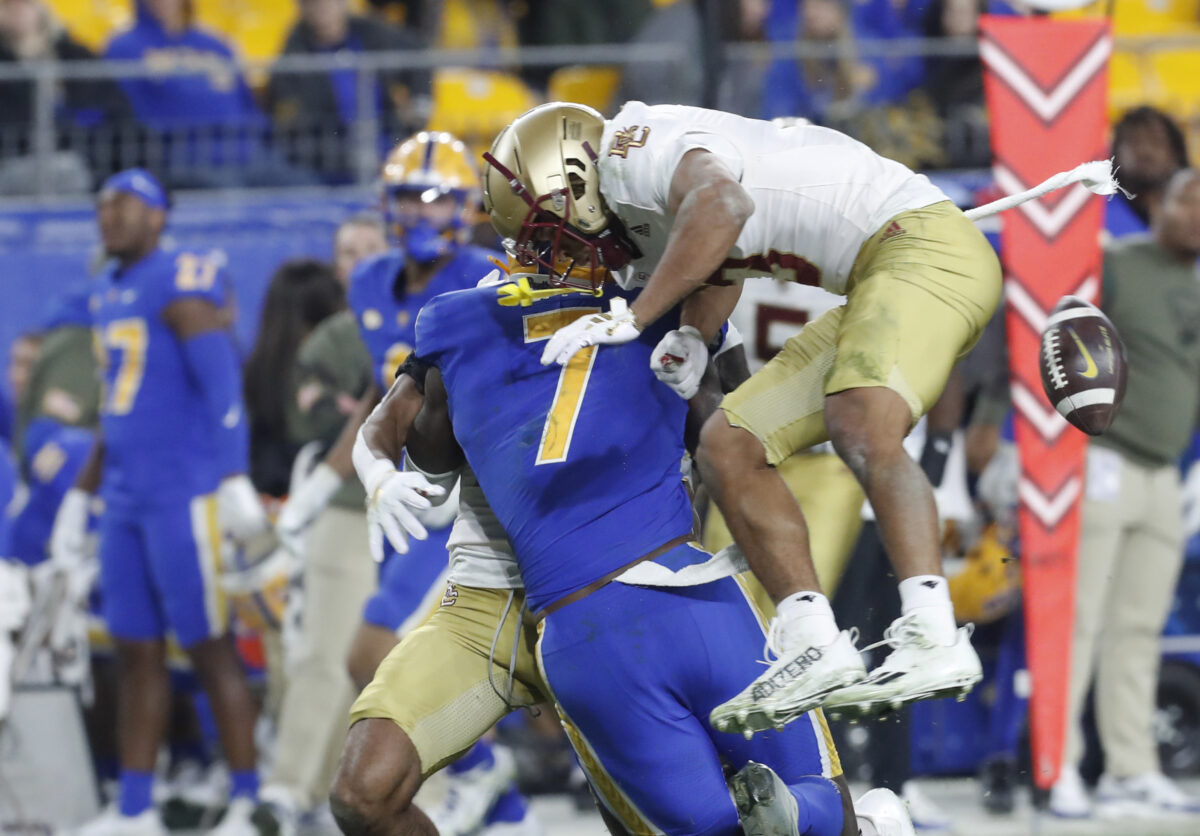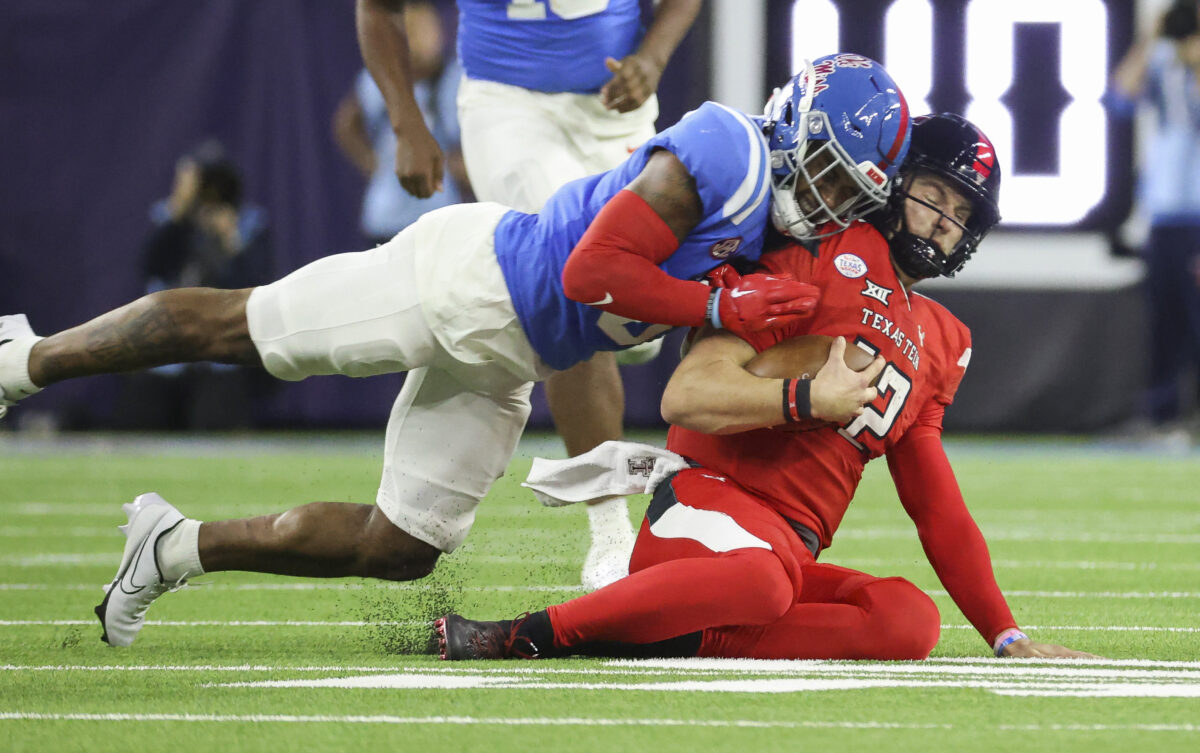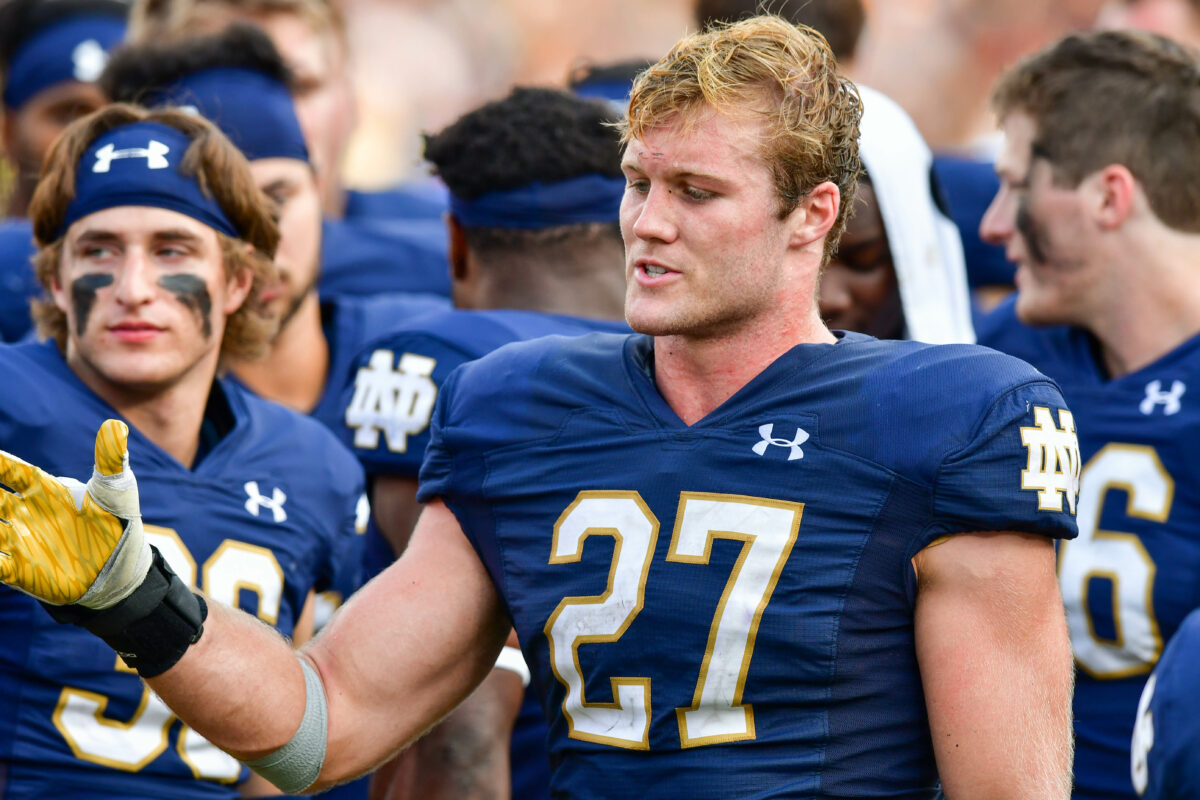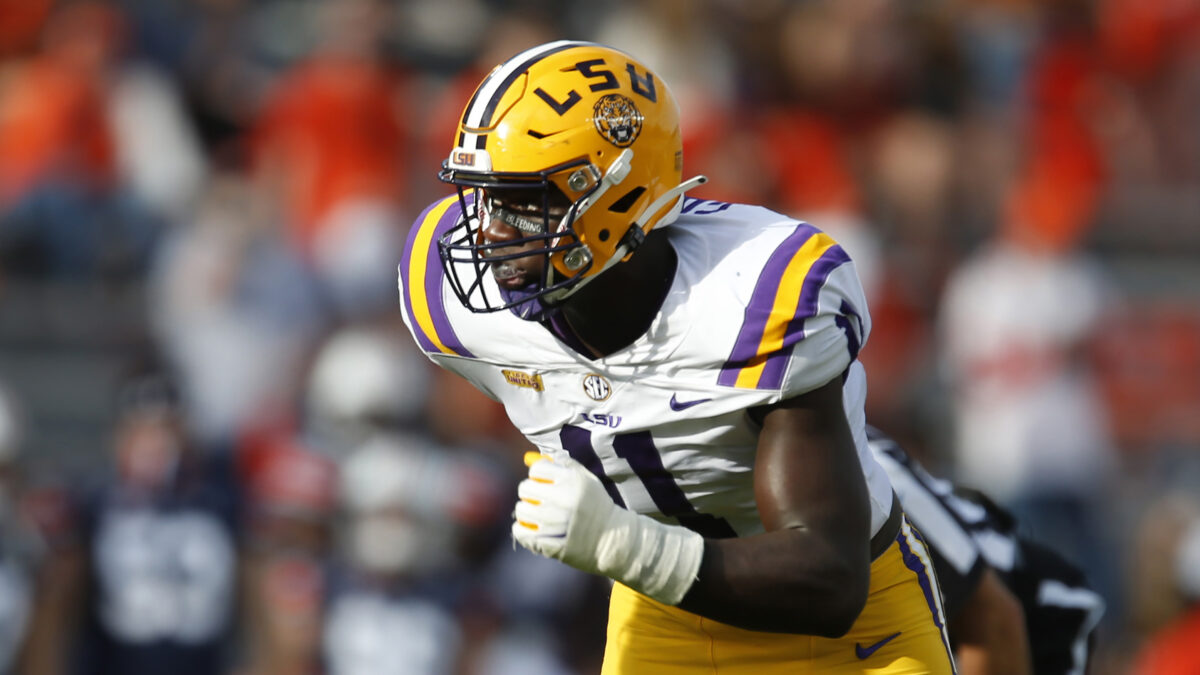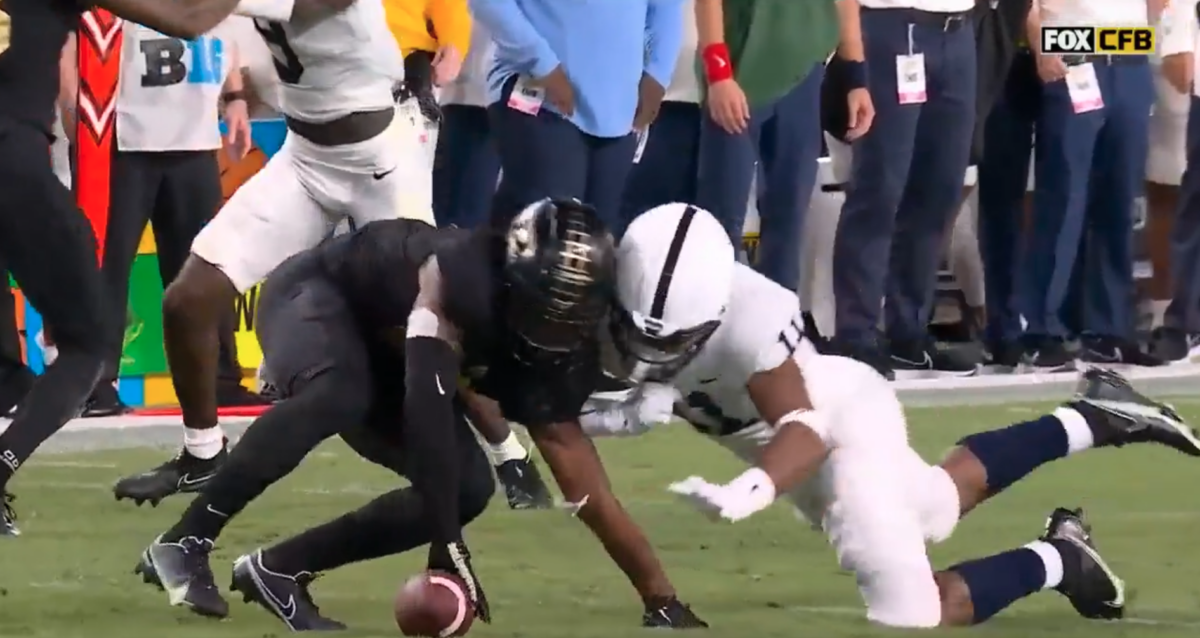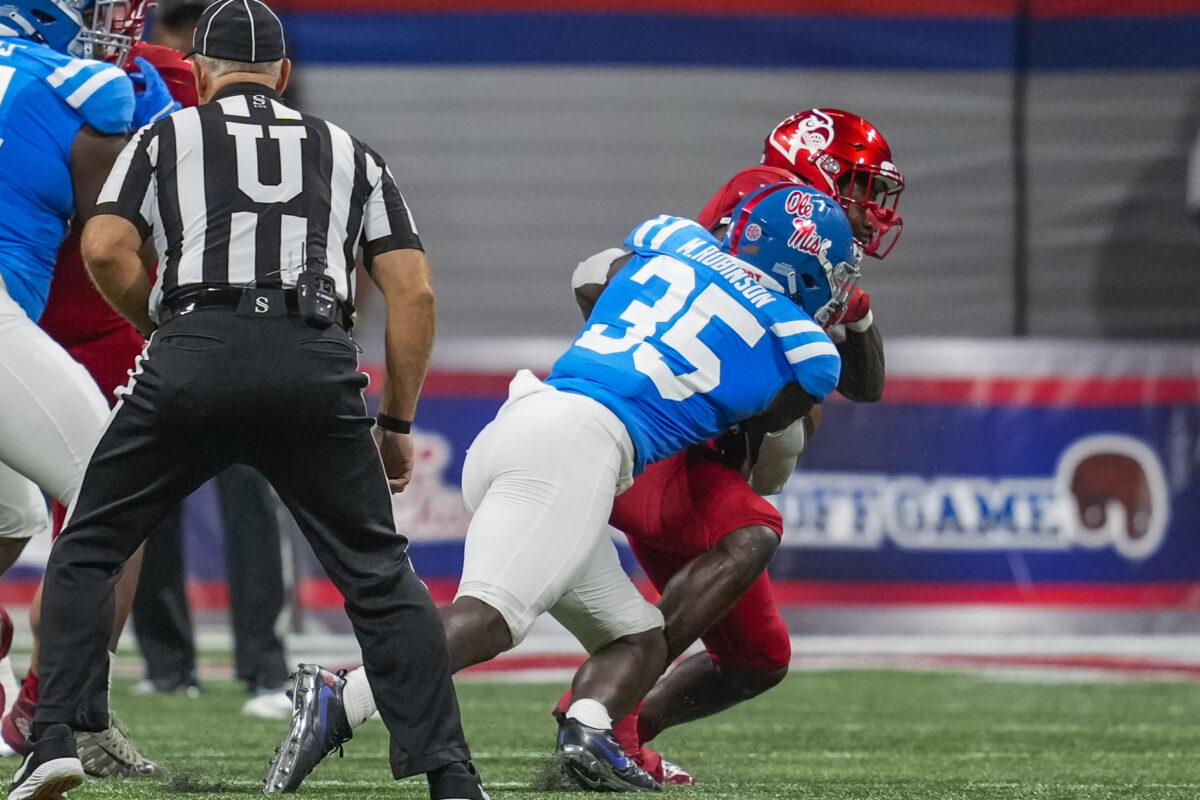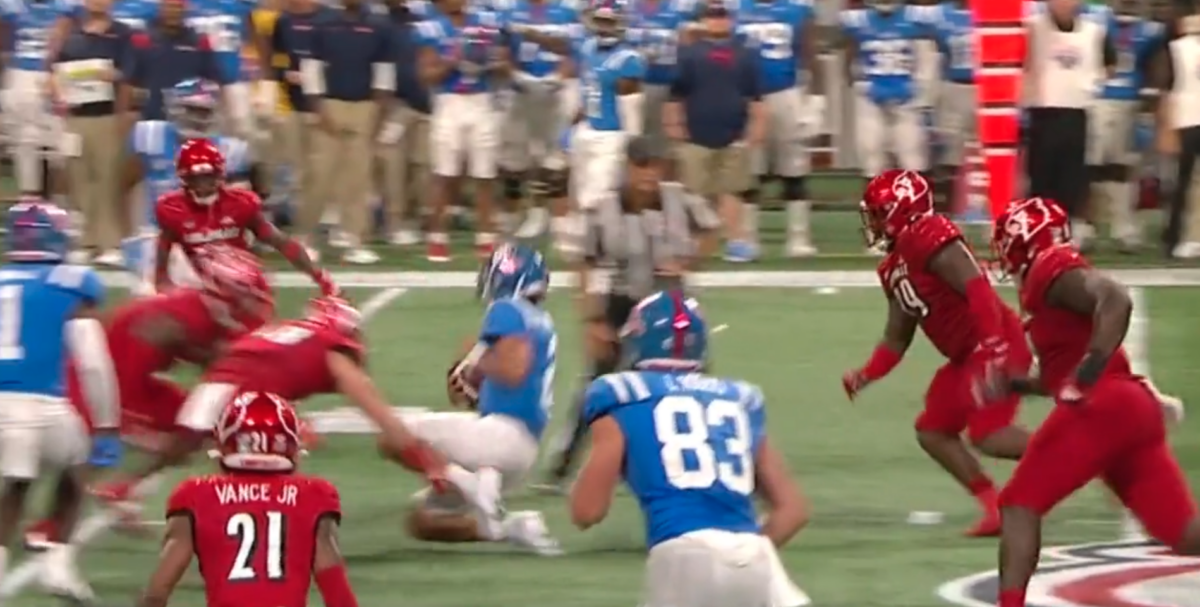Targeting controversies in college football are seemingly ever-present, and the latest controversy came Saturday during the Ohio State-Nebraska game in Columbus.
The No. 4 Buckeyes narrowly escaped an upset attempt from the Cornhuskers with a 21-17 win, but a late fourth-quarter targeting call on Ohio State linebacker Arvell Reese marred the game. Reese tackled Nebraska wide receiver Jahmal Banks on first-and-22 from the Cornhuskers’ 12-yard line with less than four minutes left, and referees called targeting on the field.
The play was reviewed and ultimately confirmed targeting, which meant Reese was ejected from the game and, because the targeting penalty was in the second half of the game, will have to sit out the first half of Ohio State’s game against Penn State next Saturday.
NCAA TARGETING RULE: How college football defines targeting and related ejections
https://twitter.com/CFBONFOX/status/1850257437397303636
It was a questionable call with an already controversial targeting rule that sometimes confounds officials, teams and fans alike. Reese’s hit on Banks was hard enough to be heard on the TV broadcast, but that doesn’t automatically make it targeting.
Obviously, Ohio State coach Ryan Day was livid over it, and he threw a mild tantrum on the field in response, giving the refs an earful. And the thing is, on this play, the targeting in question is so unclear that Day might be right to flip out.
https://twitter.com/CFBONFOX/status/1850257611754791218
https://twitter.com/CFBONFOX/status/1850257963186839781
Look, if you’re going to throw your headset, actually throw your headset and have a proper tantrum. But regardless, Day’s frustration might be justified.
The small bright side for the Buckeyes is they picked off Nebraska quarterback Dylan Raiola to end the Cornhuskers’ drive and upset attempt.
[lawrence-auto-related count=3 tag=421393249]
